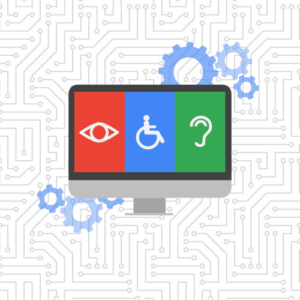As we wrap up another year, our team at Hall took some time to reflect on the most impactful trends, tools, and shifts in web development and marketing. From AI advancements to evolving user behaviors, here are the highlights of our discussions and predictions for the future. The Most Game-Changing Technology or Trend in 2024…

Category: Web Accessibility
Enhancing Accessibility with CSS prefers-reduced-transparency
In web development, creating websites that are not only visually appealing but also accessible to a diverse audience is crucial. One essential aspect of accessibility is accommodating users with different preferences and needs. In this blog post, we’ll explore a CSS feature that contributes to a more inclusive web experience: prefers-reduced-transparency. Understanding prefers-reduced-transparency The prefers-reduced-transparency…
Illuminate Your Website with Dark Mode: Key Benefits
In recent years, one design trend that has become more of an expectation is dark mode. You’ve probably noticed this sleek and eye-friendly feature on various websites, applications, and operating systems. But what is dark mode, and why should you consider adding it to your website? In this post, we’ll delve into the importance and…
How to Automate Website Accessibility Testing
As more and more people use the internet as their primary source of information, it’s essential that websites are accessible to everyone, including those with disabilities. The Americans with Disabilities Act (ADA) and the Web Content Accessibility Guidelines (WCAG) set standards for web accessibility, and it’s important for website owners to ensure their websites meet…



